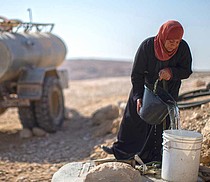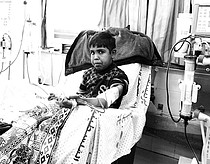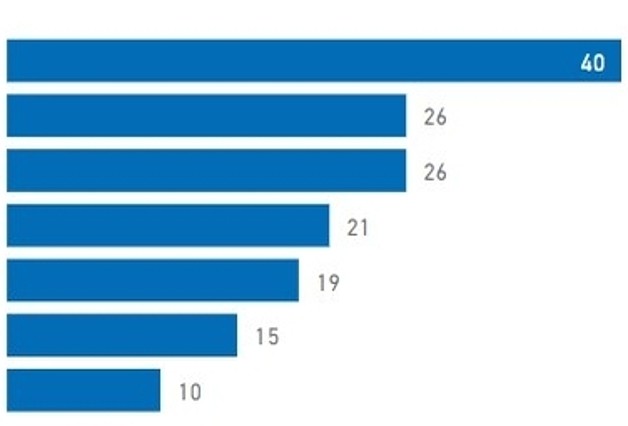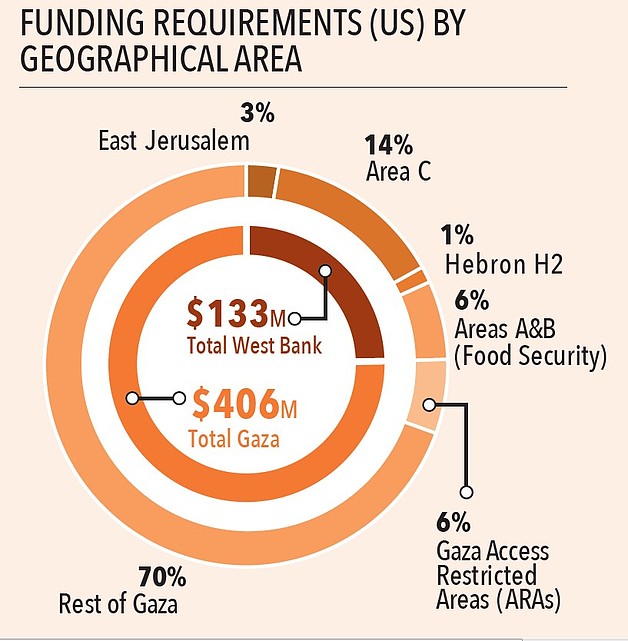خطة الإستجابة الإنسانية 2018-2020
Humanitarian Response Plan 2018
The humanitarian community in the occupied Palestinian territory (OPT) has developed a strategic plan for the OPT every year since 2003. The current Humanitarian Response Plan covers the three-year period of 2018-2020 and focuses on addressing needs identified in the Humanitarian Needs Overview, in Area C, Hebron H2 and East Jerusalem in the West Bank and the Gaza Strip.
The plan for 2018-2020 focuses on three strategic priorities:
Strategic Objective 1
Strategic Objective 2
Strategic Objective 3
Click here to access more documents related to the Humanitarian Programme Cycle.
Background
The humanitarian context of the OPT is unique amongst today’s crises and remains directly tied to the impact of the occupation, which marked its 50th year in June 2017.
People in Need
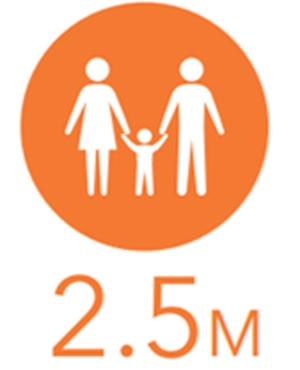
People Targeted
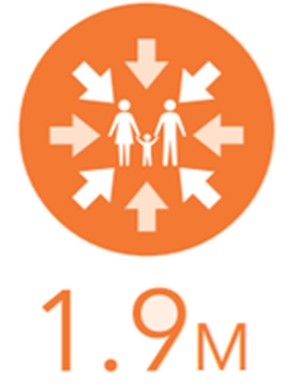
Requirements (US$)
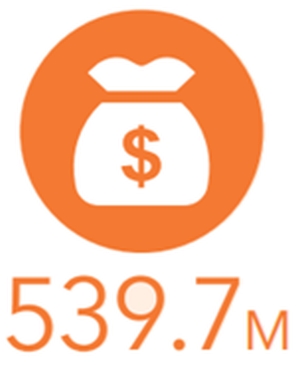
A protracted protection crisis continues. At least 1.9 million Palestinians experience, or are at risk of, conflict and violence, displacement and denial of access to livelihoods, among other threats. The most vulnerable Palestinians are currently denied or restricted in their access to essential services such as water and health care. A recurrent cycle of shocks, natural and manmade, has eroded the resilience of vulnerable households to cope with the prolonged nature of the humanitarian crisis.
